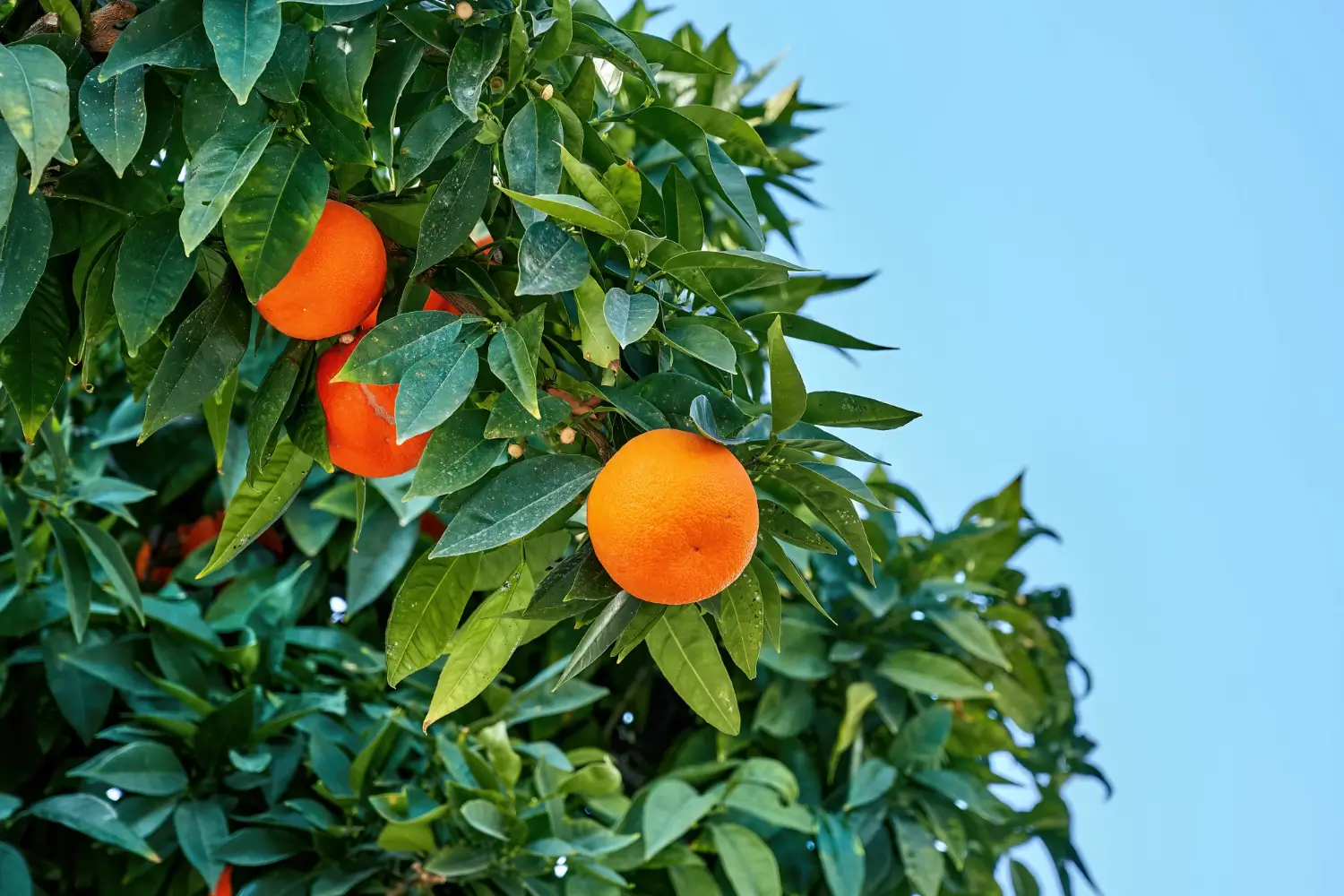
Soil Health & Fertilization
We unite suppliers and green industry professionals worldwide
Calathea Zebrina can be your new houseplant crush. This tropical beauty is called the Zebra Plant, and it boasts wide, velvety leaves with stripes of lime green and deep emerald, just like the pattern on a zebra, but with a lush, leafy twist.
By Mariam Scott
|Published on November 30, -1
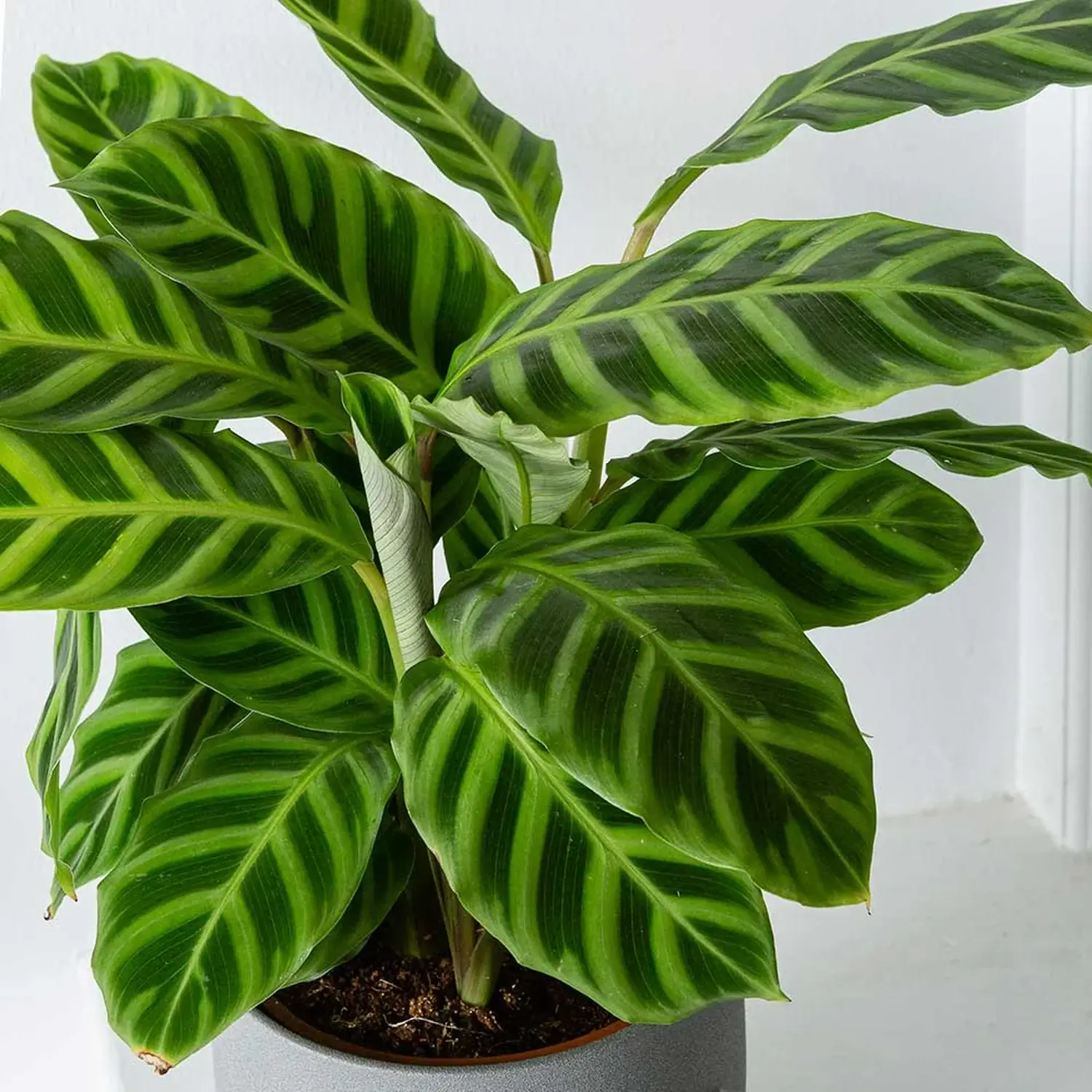

Seeking a plant that combines strong style and a soft, velvety texture?
Calathea Zebrina could be your new houseplant crush. This tropical beauty is called the Zebra Plant, and it boasts wide, velvety leaves with stripes of lime green and deep emerald, just like the pattern on a zebra, but with a lush, leafy twist. Originating from the rainforests of Brazil, the Calathea Zebrina adds an immediate sense of soft jungle without risk to your inquisitive pets!
Despite sometimes being called “fussy”, the Zebra Plant is less about being difficult and more about being consistent. And in a home with consistent humidity and indirect light, and thoughtful watering, this striking houseplant can grow to 3 feet tall and wide, filling corners, shelves and plant collections with an attention-grabbing leaf form and gentle softness.
| Common Names | Zebra Plant, Calathea Zebra |
| Botanical Name | Calathea zebrina |
| Type | Tropical evergreen perennial (grown as a houseplant) |
| Foliage Color | Bright lime green with deep green stripes, purple undersides |
| Sunlight | Bright, indirect light |
| Soil | Moist, well-draining, slightly acidic |
| Water | Moderate to high; consistently moist, not soggy |
| USDA Zones | 10–12 as outdoor plant; grown as a houseplant elsewhere |
| Height | 2–3 feet (60–90 cm) |
| Toxicity | Non-toxic to pets |

September 25, 2025
9 minute read
September 24, 2025
9 minute read
September 23, 2025
10 minute read
September 22, 2025
9 minute read


Join as a seller and connect with thousands of B2B buyers nationwide!
Sign Up
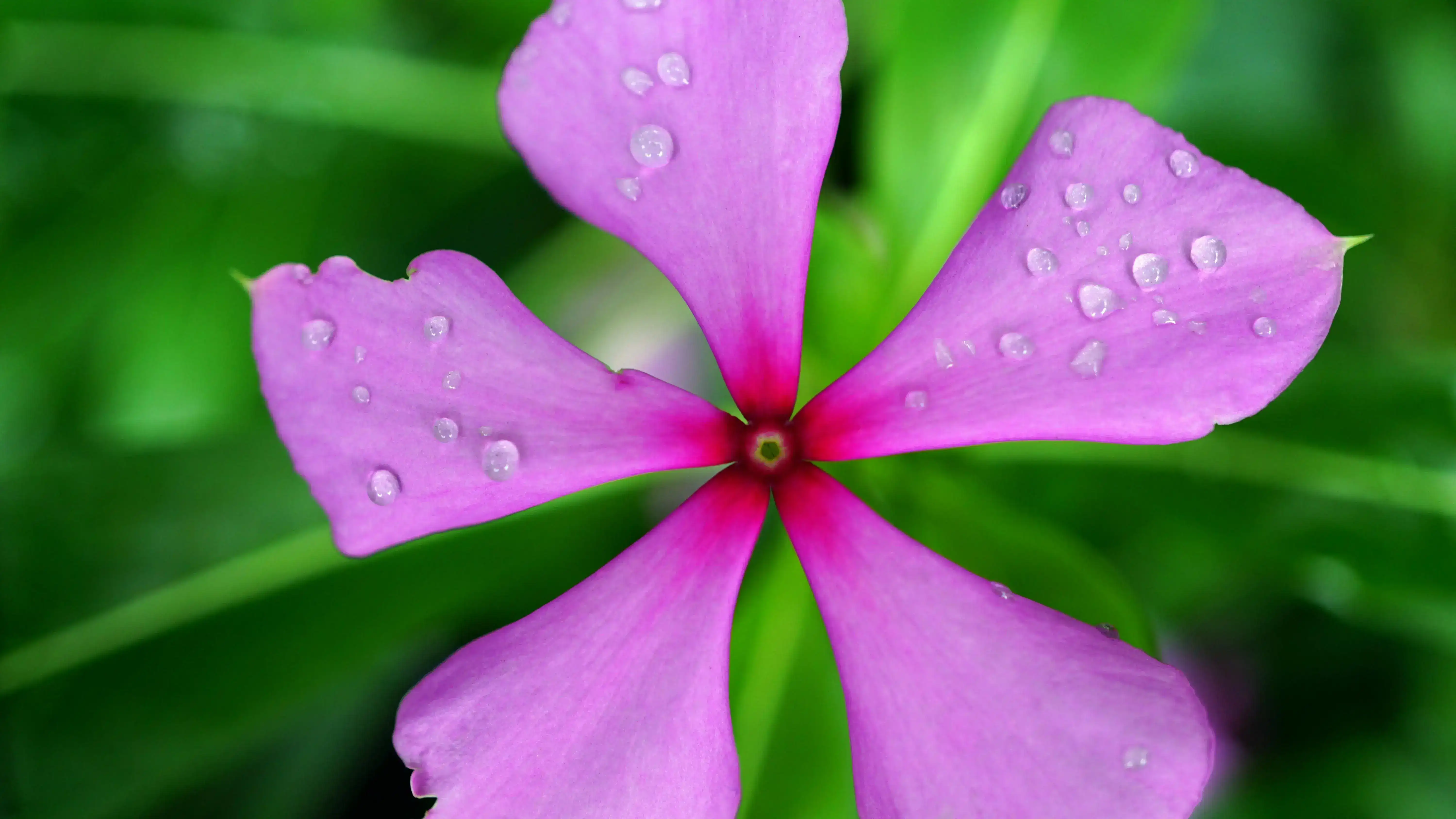
Madagascar Periwinkle
The Madagascar Palm (Pachypodium lamerei) is a plant that has many gardeners wondering just that. Despite its name, it’s not a real palm, it’s a succulent, but it absolutely earns its place as a dramatic showpiece. This plant is a garden staple in warmer
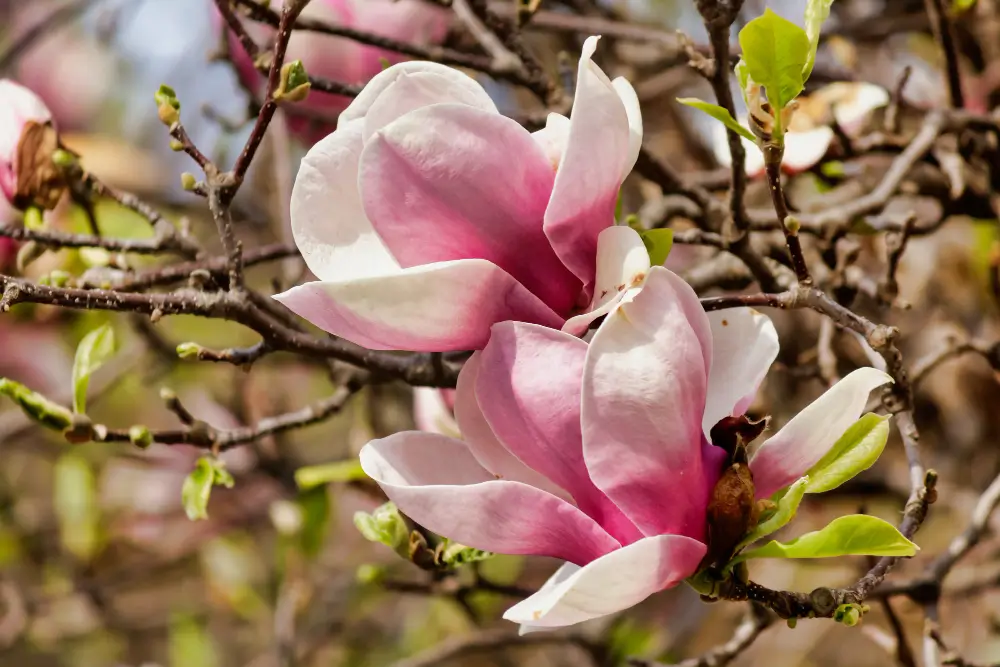
Magnolia ‘Ann’
This compact deciduous magnolia explodes with tulip-shaped, deep purple-red blooms in early spring as winter fades. Unlike many other magnolia varieties, ‘Ann’ is prized for its cold hardiness, manageable size and a second flush of flowers later in the se
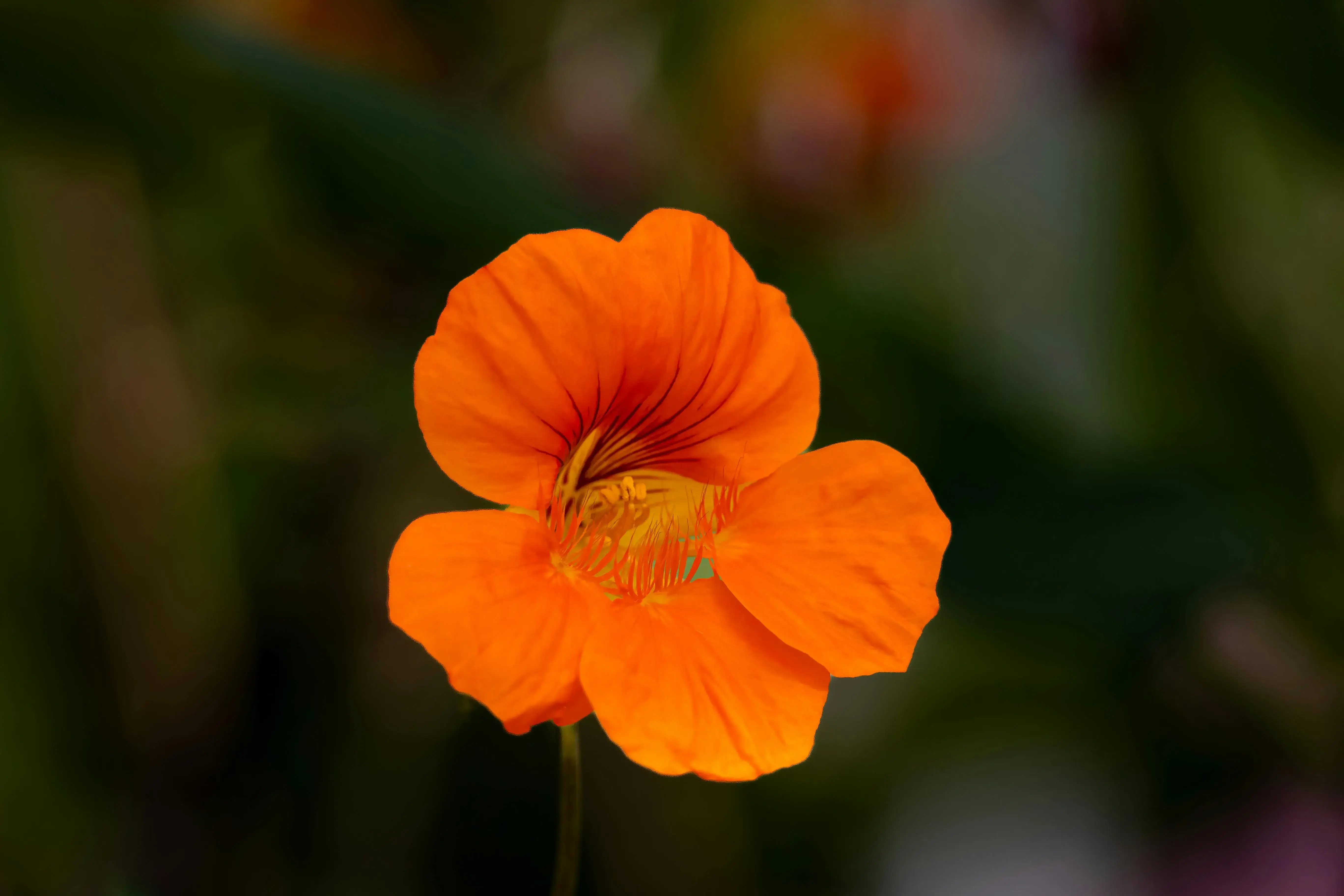
Nasturtium
Nasturtiums are a delightful combination of bright, cheerful blooms and edible leaves, flowers, and seeds. These easy-to-grow annuals are as much at home in the vegetable patch as they are trailing from a hanging basket or brightening a dull corner of the
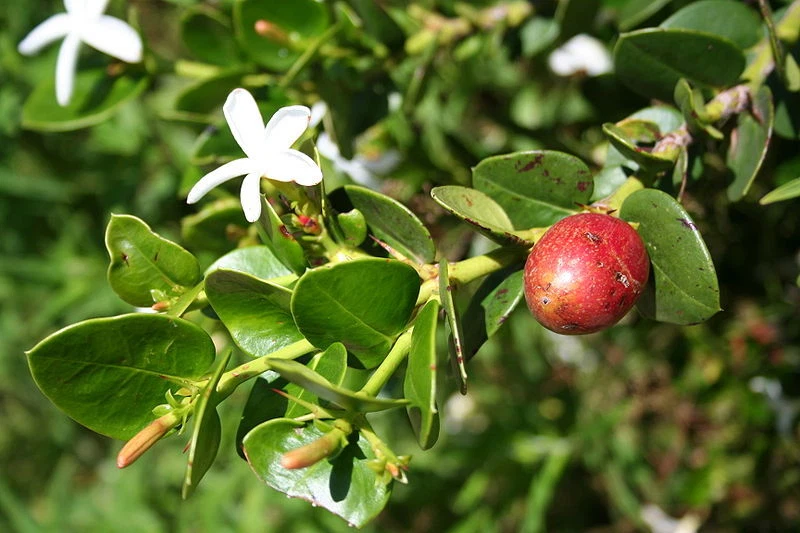
Natal Plum
Natal Plum is a glossy, evergreen shrub that’s as practical as it is beautiful. This plant is loved not only for attractive little star-shaped flowers, but also for its juicy, red fruit, which is quite comparable to a sweet cranberry-strawberry mix.
The Calathea Zebrina may have a tropical appearance, with soft, velvety striped leaves, but once you understand what conditions it prefers, you’ll discover it being incredibly approachable to care for. Originally hailing from the tropical understories of Brazil, this plant wants to feel like it’s living in a warm, shaded rainforest: soil that stays consistently moist, filtered light and high humidity.
Calathea Zebrina isn't one of those fast-growing, low-maintenance houseplants, but it isn't demanding either, and it lets you know the condition it prefers by changing color and/or shape—when you see your Calathea's leaves curling, browning, or looking pale, you'll know that it's telling you to make some adjustments to its environment.
While not a true beginner plant, Calathea Zebrina is forgiving when basic routines are followed. Its major weaknesses are dry air, inconsistent watering and direct sunlight. By paying attention to air moisture, maintaining steady watering, and finding the right spot in your house to display it, you can make sure your plant has a long life. With regular cleaning and occasional pruning, this tropical stunner can quickly become a full, beautiful, member of your indoor plant collection.
Now let’s take a closer look at some of its particular needs.
Calathea Zebrina enjoys a medium to bright indirect light. The leaves can scorch if they get direct sun and their dramatic striping will bleach out. Put it near an east or north-facing window, or in filtered afternoon light. If the leaves start to fade or curl, it’s time to adjust the light exposure.
A light, airy soil mix is essential. Use peat or coco coir combined with perlite and orchid bark to provide moisture without suffocating roots. The soil should be well-draining but still moist, mimicking the plant’s rainforest floor-like atmosphere.
Consistent watering is key. Water when the top inch of soil is just beginning to dry. Refrain from tap water, which can result in brown edges because of its mineral content; use distilled, filtered or rainwater. Reduce watering slightly in winter, but never let the plant dry out completely.
Regular pruning will keep your Zebra Plant healthy and promote lush growth.
When and How to Prune:
Maintenance Tips:
Calathea Zebrina does not propagate from stem cuttings—it enjoys having its roots divided.
How to Propagate by Division:
Calathea Zebrina can be grown in pots indoors.
Potting Tips:
Positioning Indoors:
Growth slows during cooler months, but your Zebra Plant stays evergreen indoors.
Winter Care Tips:
Calathea Zebrina can flower, but rarely indoors. If it flowers, the blooms are small and pale compared to the dramatic foliage. Focus on keeping leaves healthy , as this plant is grown primarily for its vibrant striped pattern.
Occasional blooms are a bonus, but the real beauty of your plant are the big, patterned leaves that add year-round visual interest.
Like many Calatheas, the Zebra Plant signals problems clearly:
Crispy, browning leaf edges
Yellowing leaves
Leaf curling
Pests (spider mites, mealybugs)
With its soft, velvety leaves striped like a forest-dwelling zebra, Calathea Zebrina is a living masterpiece. It does require some regular care — namely, humidity and moisture — but the payoff is a lush, pet-safe plant that’s as visually calming as it is striking. An ideal statement plant for homes that appreciate both luxury and green.
Yes, it’s non-toxic to cats and dogs.
Misting helps, but a consistent humidity level of 50%+ using a humidifier is more effective.
It can handle medium light but thrives best in bright, indirect light.
Every 1–2 years, ideally in spring, to refresh soil and promote healthy growth.

Soil Health & Fertilization
Victor Miller
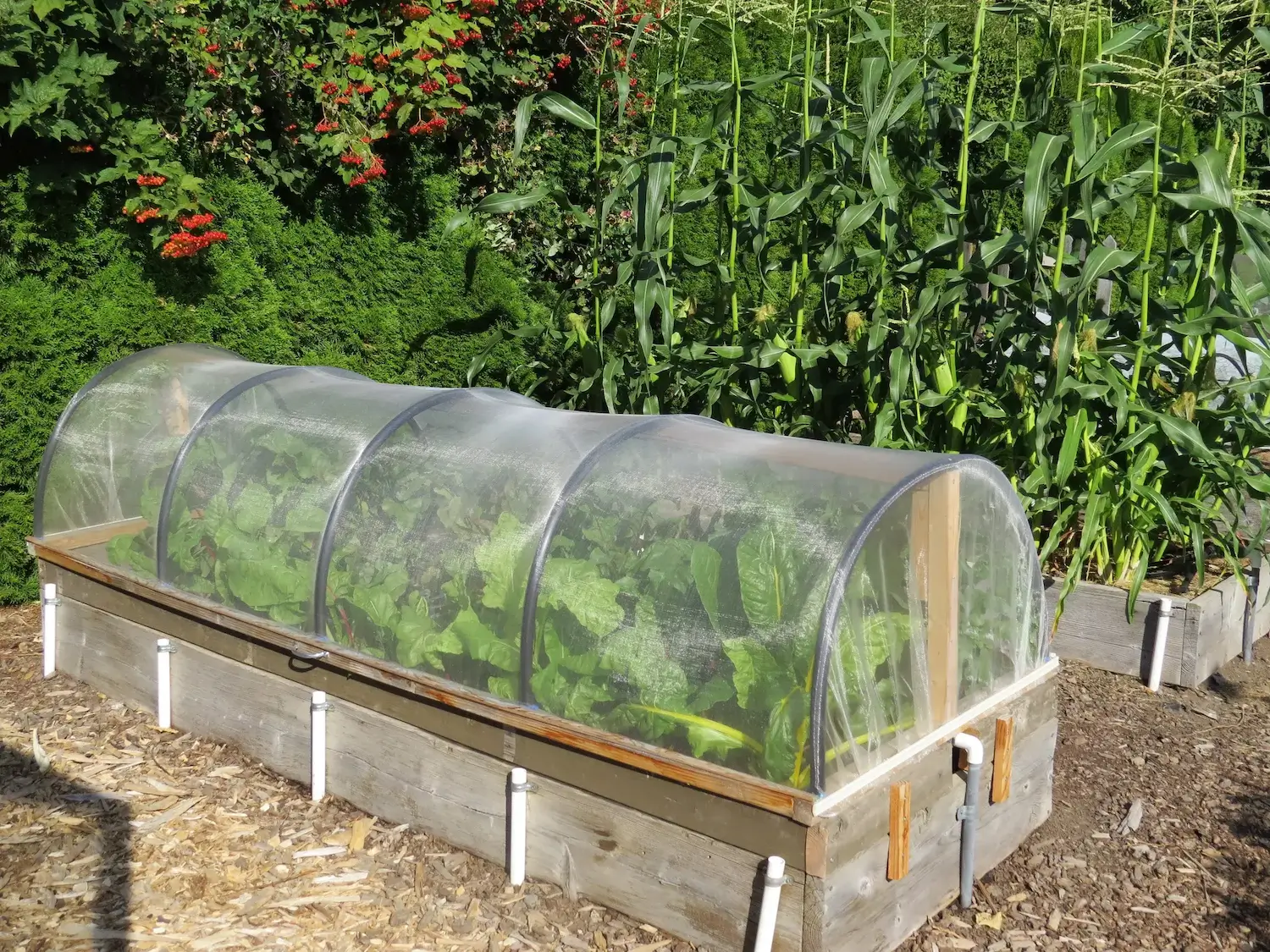
Pest Identification & Prevention
Victor Miller
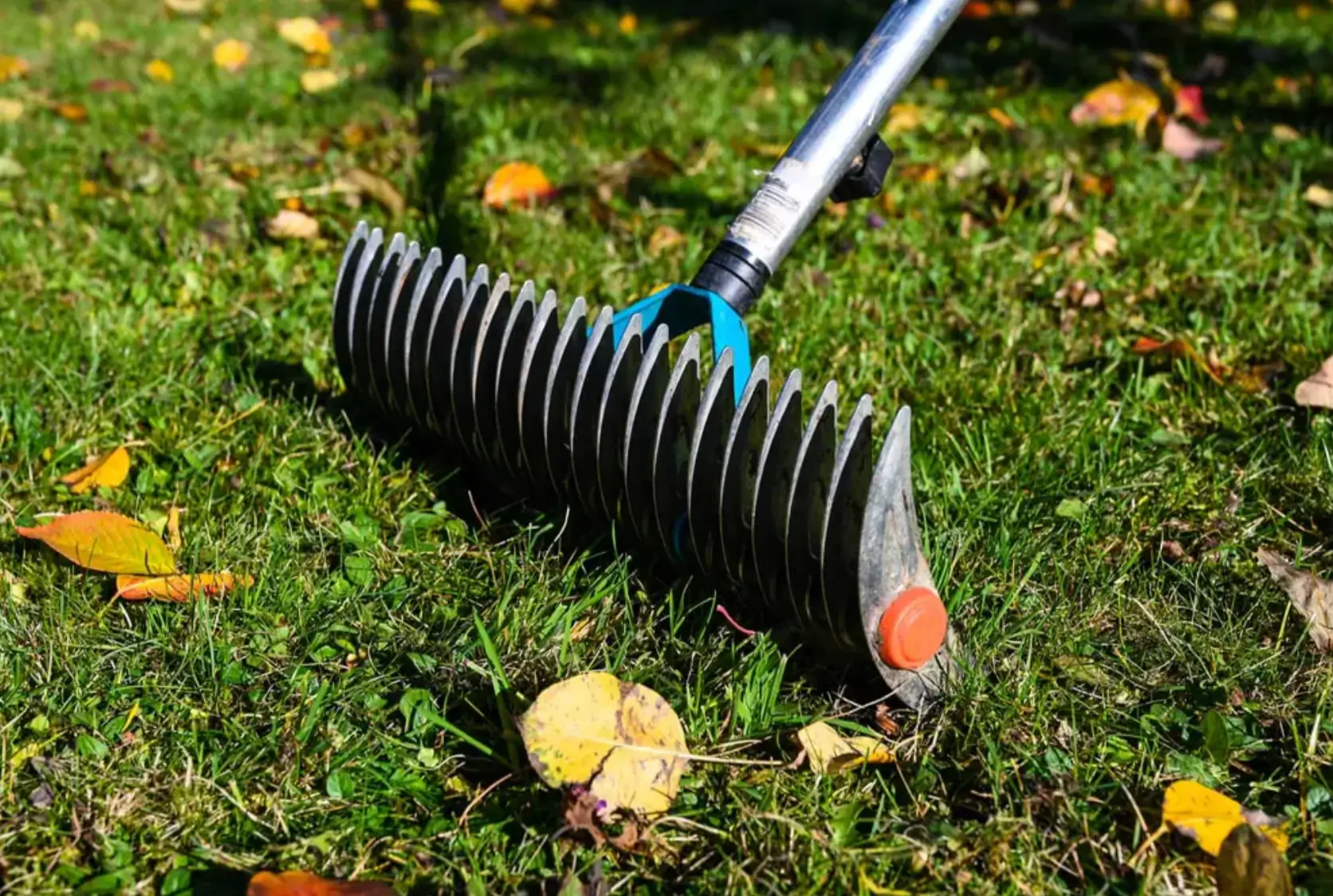
Lawn Care Tips & Maintenance
Victor Miller
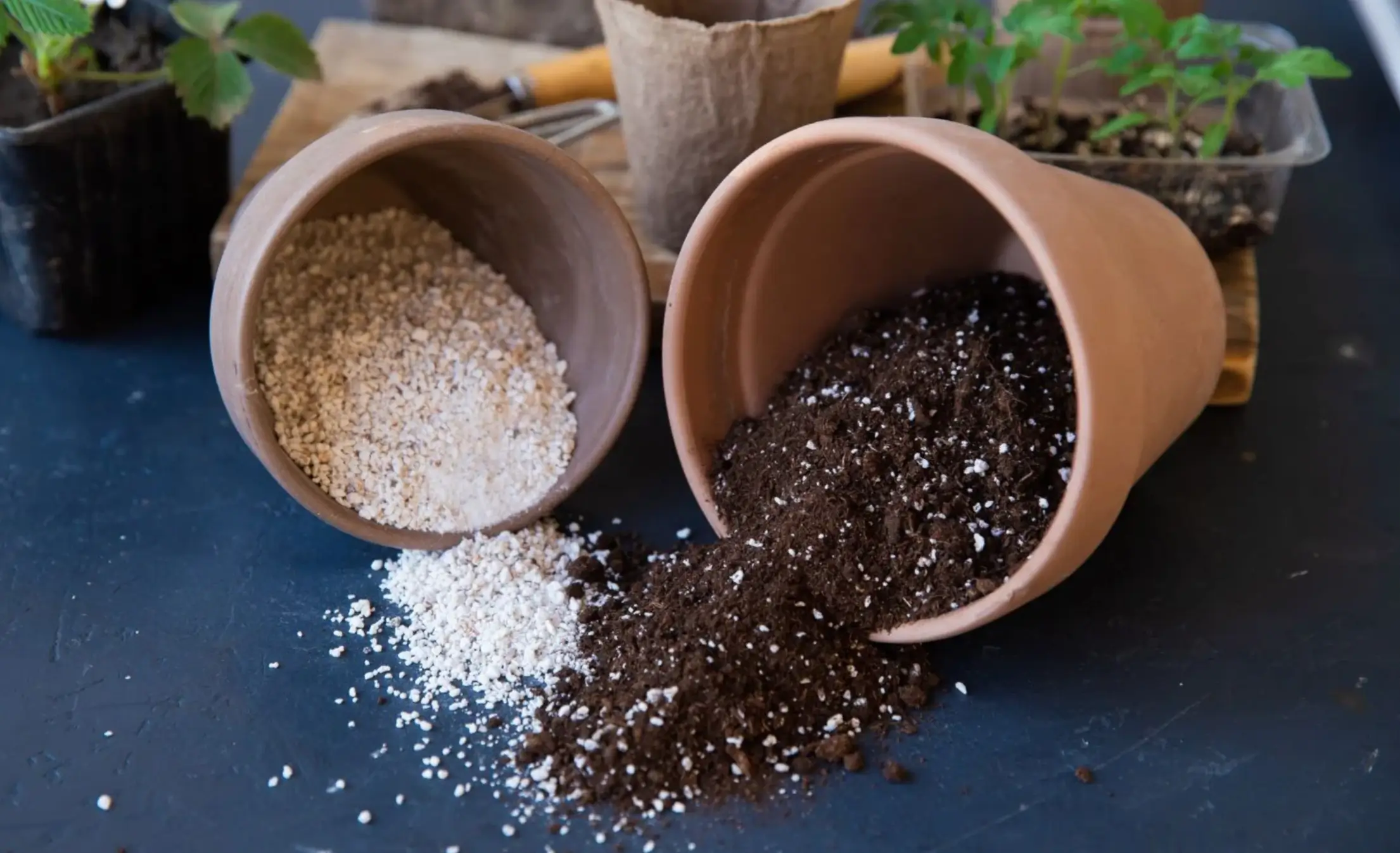
Soil Health & Fertilization
Victor Miller

Smart Irrigation Systems
Victor Miller
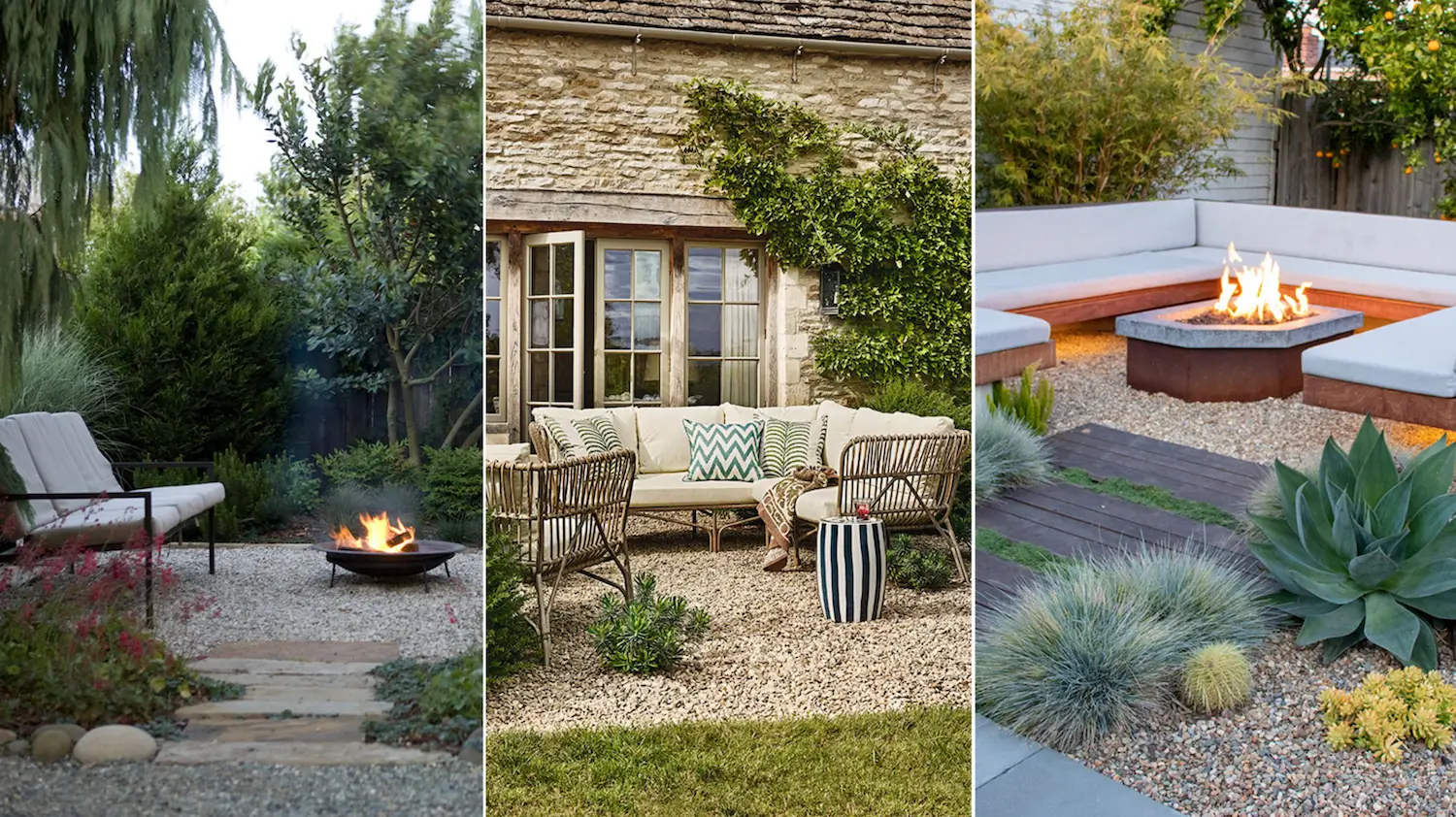
Patios, Walkways & Driveways
Victor Miller
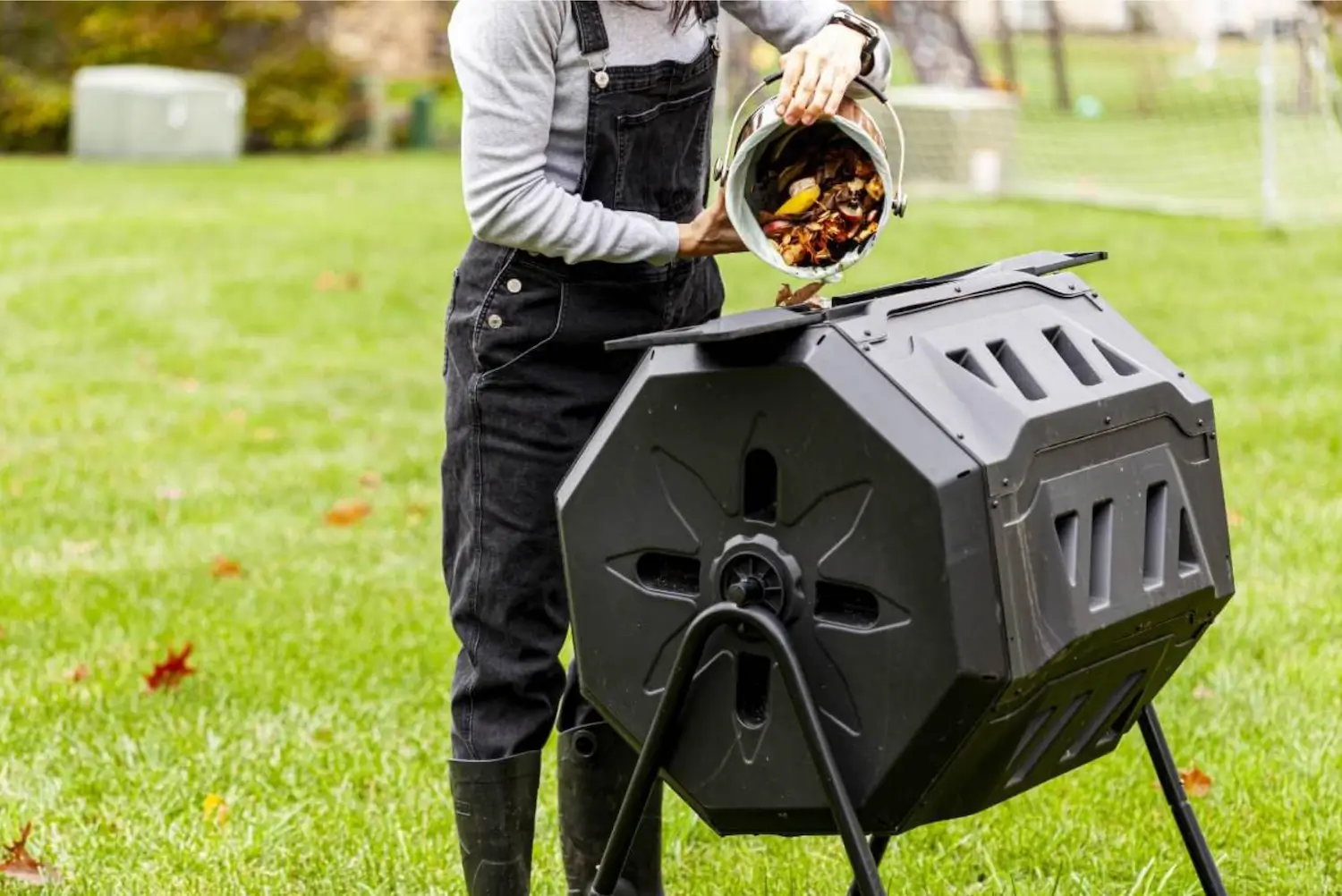
Soil Health & Fertilization
Victor Miller
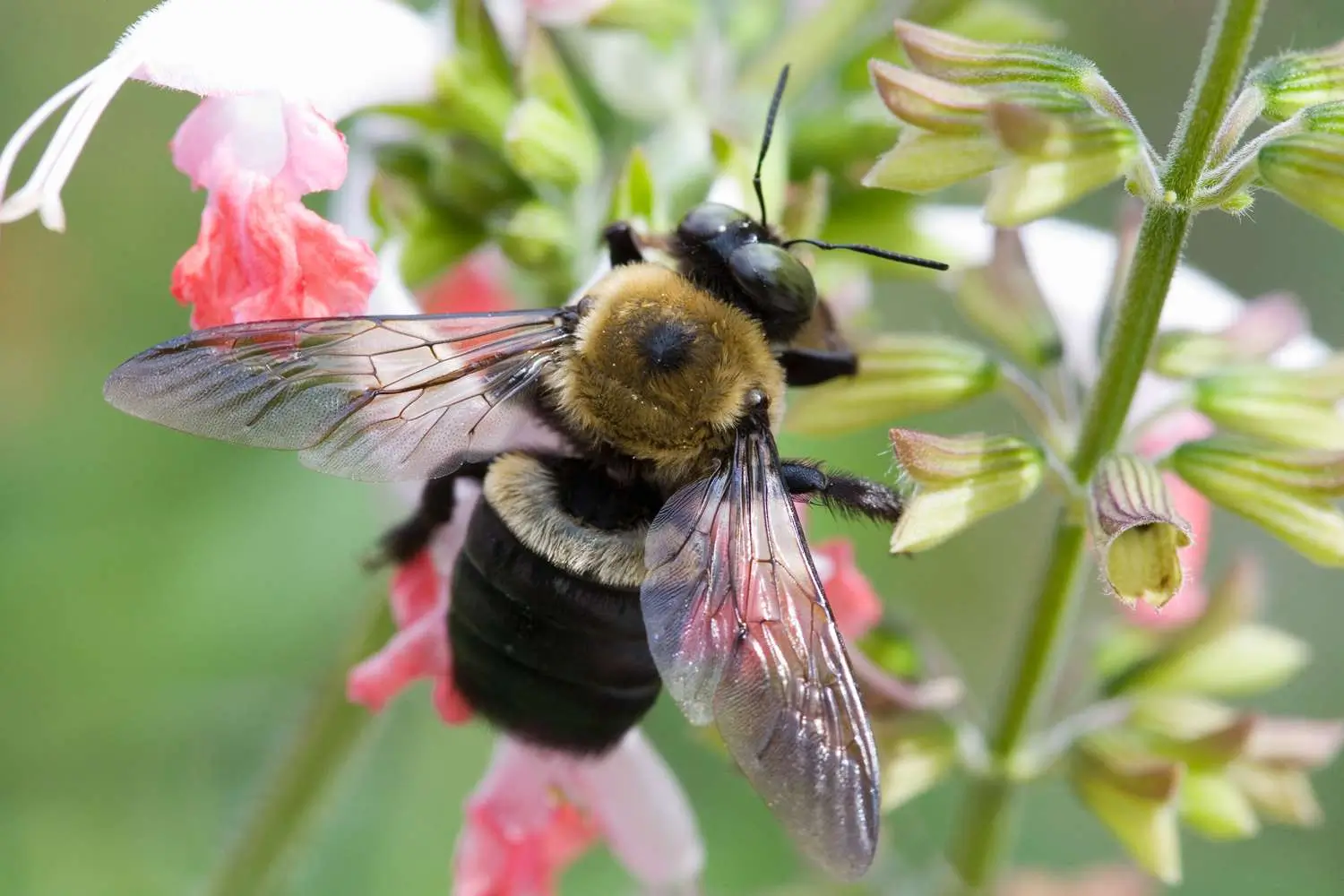
Pest Identification & Prevention
Victor Miller
My Account
Our team is always here to help.
We are open Monday - Friday, 9:00 AM to 4:30 PM PST.